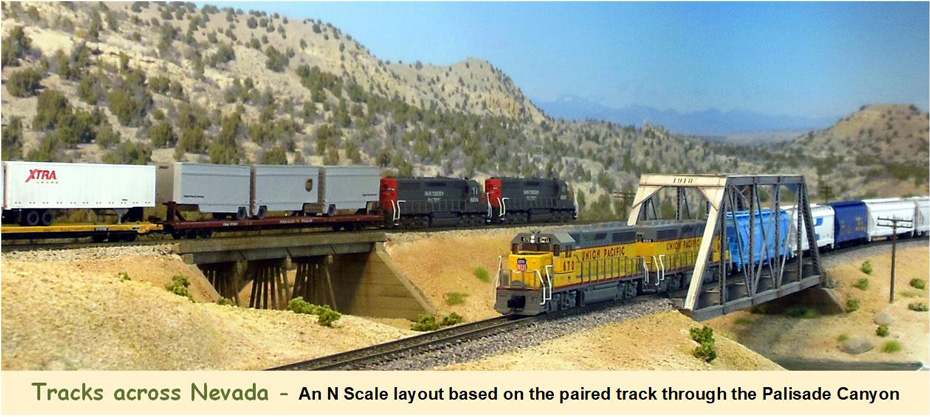These are the LED's I am using on my signals. Dimensions are shown in this image that was part of the ebay listing that I purchased them from.
These are similar in size to bright white LED's I have used in the past for locomotive lights or street lights. Small but still big enough for me to handle and solder the magnet wires to.
The wire I am using is from a roll of wire that I have had around for years. It measures at about .011 inches in diameter which is about 31 gauge.
This is the type of wire that is used for motor armatures, relay or solenoid coils, etc. The darker red color is actually an insulating enamel that is very thin. so this type of wire is commonly know as magnet or enameled wire.
Surface mounted LED's and other surface mounted components come on a tracked strip like the one shown in this photo. The individual components can easily be cut out with a hobby blade and the part drops right out.
The enamel on the wire can be scraped or filed off on the ends so that solder can stick to copper wire itself.
Here is the signal assembly after the magnet wires have been fed down the tube and the LED attached to the back side of the support aligned so that both red and green colors go through the hole in the support. It is really important to have the edges of both ends of the tube filed smooth so the magnets wires won't get scraped.
Before installing the LED and wires a short section of 3/32 brass tube and a brass washer were added near the bottom setting the finished height of the signal.
A section of 1/8 inch diameter heat shrink tube is placed over the bottom end of the pole and extends past the end of the tube to create a bit of a strain relief for the delicate wires. After shrinking the overall diameter of the bottom of the pole will be about 3/32 inches.
To make the wires easier to connect under the bench work I splice the magnet wires onto 22 to 24 gauge wires. The splices are staggered so that only one splice at a time need to pass through the hole in the bench work.
The signal targets are 3D printed items I ordered from Shapeways. I painted them black first then glued them to the front of the support with ACC being careful to align the hole on the target with the hole on the support and to have the shade on the target on the top.
I found it necessary to first build up the area around the back of the target with thick ACC before painting to keep the paint from creeping in between the target and the support. After the ACC was fully dried, the entire signal was painted with Testors aluminum.
To mount these signals I drilled a 1/8 inch hole in the bench work and after feeding through the wires the pole was secured with E6000 adhesive.
These signals were connected to the same relays for the helix that control the oversized signals at the other end in the staging yards.
My signals have been in place for a few weeks now and are working great doing the job of showing occupancy on the tracks within the helix.
These signals were rather inexpensive to make, maybe 5 or 6 dollars each for materials but they are a bit of work and are not as good looking or detailed as some that can be purchased. As I expand signaling to other areas of the layout I may also try out some of those ready to run signals.





















